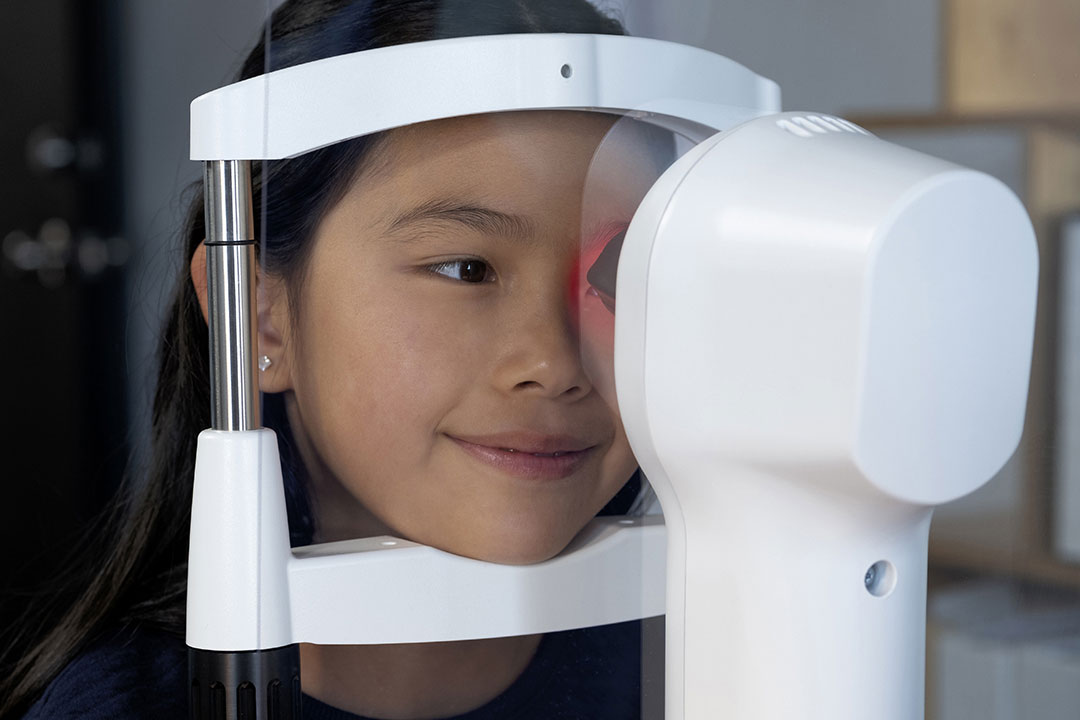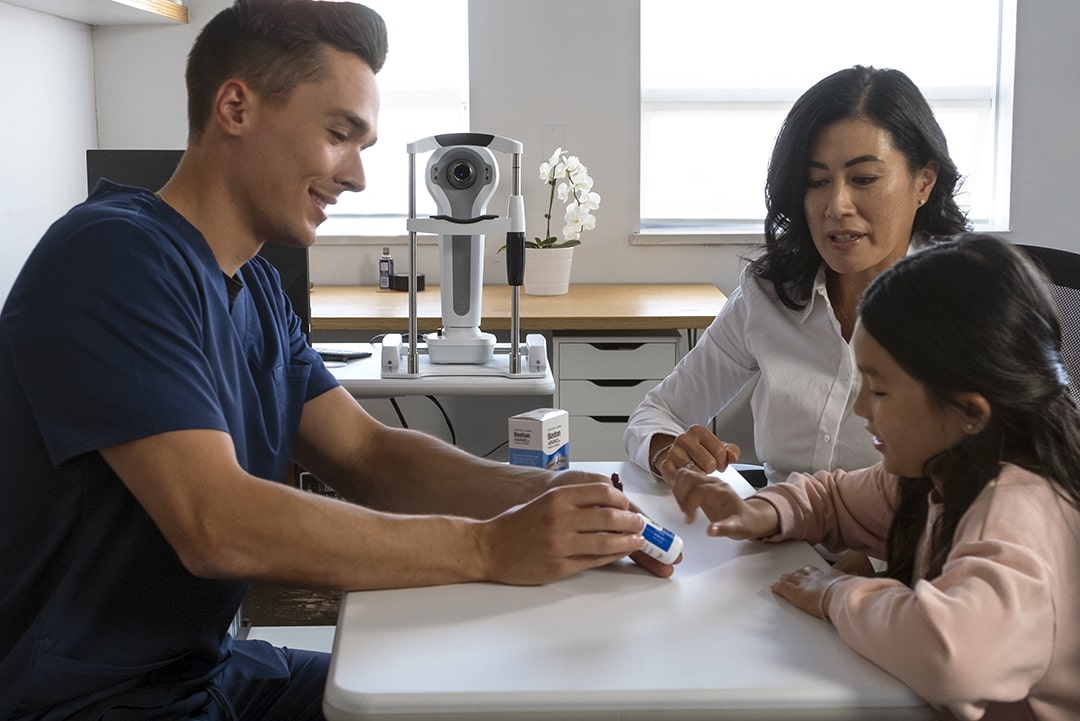Is OrthoK a Visionary Solution for Your Patients?

There’s no doubt you’ve seen a rise in patients in need of treatment for myopia. Exacerbated by long periods staring at screens and reduced time outdoors, myopia rates understandably exploded over the past year and a half. But the truth is, even before the pandemic, rising instances of myopia were alarming. One of the most frustrating things – for practitioners and patients – is that once myopia is determined, it’s impossible to reverse. It often progresses, leaving O.D.s to diligently work to manage and slow the deteriorating vision of their patients.
Enter orthokeratology.
Modern orthokeratology dates to the early 1960’s. The current reverse geometry version of orthokeratology was revolutionized in the late 1980’s by Dr. Richard Wlodyga. However, it wasn’t until 2007 that researchers had evidence that OrthoK was useful for slowing myopia progression. Up until that point, OrthoK was primarily used in adults as an alternative to refractive surgery. Corneal topography was instrumental in the evolution of orthokeratology because it provides a very clear understanding of how the eye was being changed by OrthoK and what needed to be modified to create optimal outcomes.
What’s in a name?
With global myopia rates projected to reach 50% by 2050, it’s a good time to understand what orthokeratology is and what it isn’t. Night lenses present a unique opportunity for wearers. They work during sleep to gradually reshape the cornea to provide quality vision throughout the day. Most need to wear the lenses nightly to have quality vision. Research indicates that vision correction may slow or reduce myopia progression – an advantage particularly for individuals diagnosed with myopia at a young age.
OrthoK works quickly, too. Some lens wearers report noticeably improved eyesight within the first few days of wearing them. However, even though they work rapidly and are proven to improve vision, the corneal shape will return when patients cease use.

Does age matter?
Sometimes called “orthodontics for eyes,” these specialty lenses are a viable option for patients of all ages. And because OrthoK lenses are worn overnight, they are an excellent option for kids and active adults. No glasses left in school lockers. No lenses lost on the football field. No need for specialized swim goggles. No prescription sunglasses either.
However, they are not without risk. One significant hazard to be mindful of with OrthoK, as with other types of lenses, is potential infection. In general, hygiene can be a challenge for younger patients. O.D.s must remind them and their caregivers how to maintain and clean the lenses to reduce bacterial build-up. In addition, schedule regular exams to ensure the lenses are doing what they are supposed to and evaluate overall eye health.
How do they fit?
The fit is critical to ensuring patient compliance and vision improvement success. Lenses that don’t fit correctly can cause discomfort and stress for the patient and may also be ineffective at correcting vision. Initially, the patient may experience mild impairments like ghosting, double vision, or contrast problems, especially at night. These issues generally resolve within a month. But it’s essential to manage your patients’ expectations by clearly communicating these issues and by following up to ensure the lenses fit correctly.
Use your equipment to your advantage to confidently get the right fit the first time. A precision tool with superior mapping can take the guesswork out of fittings. And always take advantage of the support options, training videos, and help centers to utilize better the tool’s features to fit your patients properly.

Is It Right for My Patients?
With open, transparent communication about the benefits and risks, O.D.s and patients can together determine whether OrthoK lenses are the right method for vision correction. Drop us a line to learn more about how you can furnish your practice with one tool with many choices, including composite mapping for the best lens fitting. And be sure to follow us on Facebook and LinkedIn for more insights on how to differentiate your practice from the one in the big box retailer.
